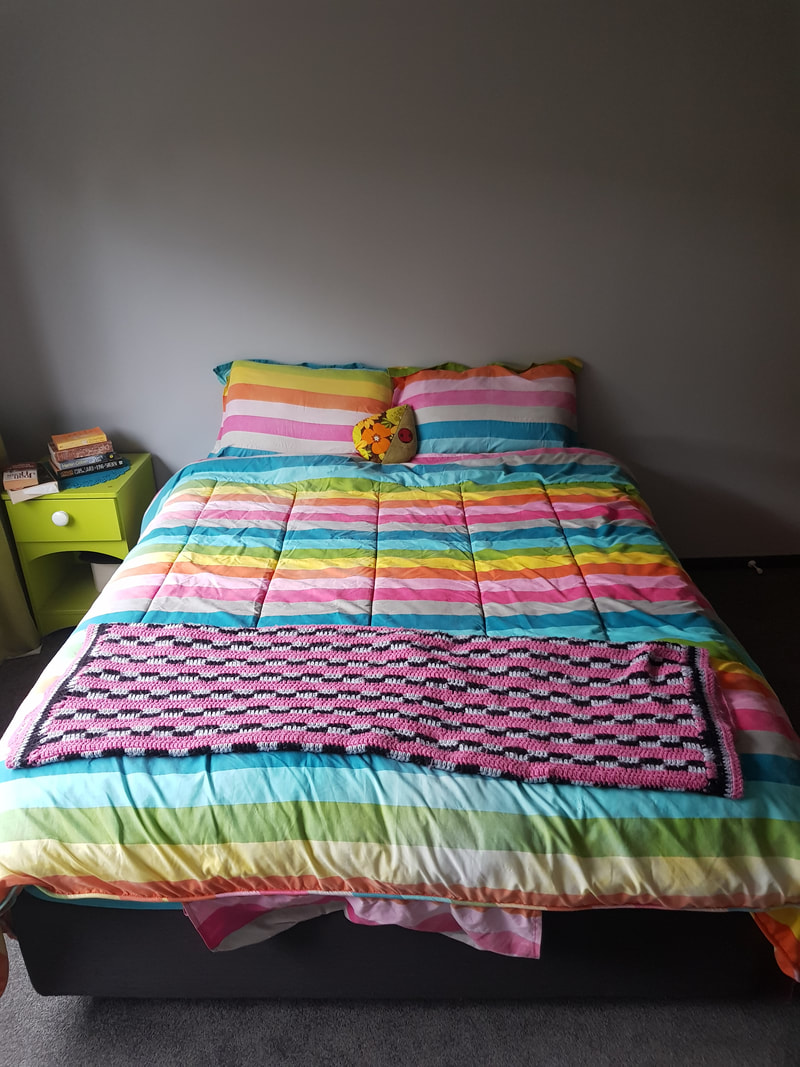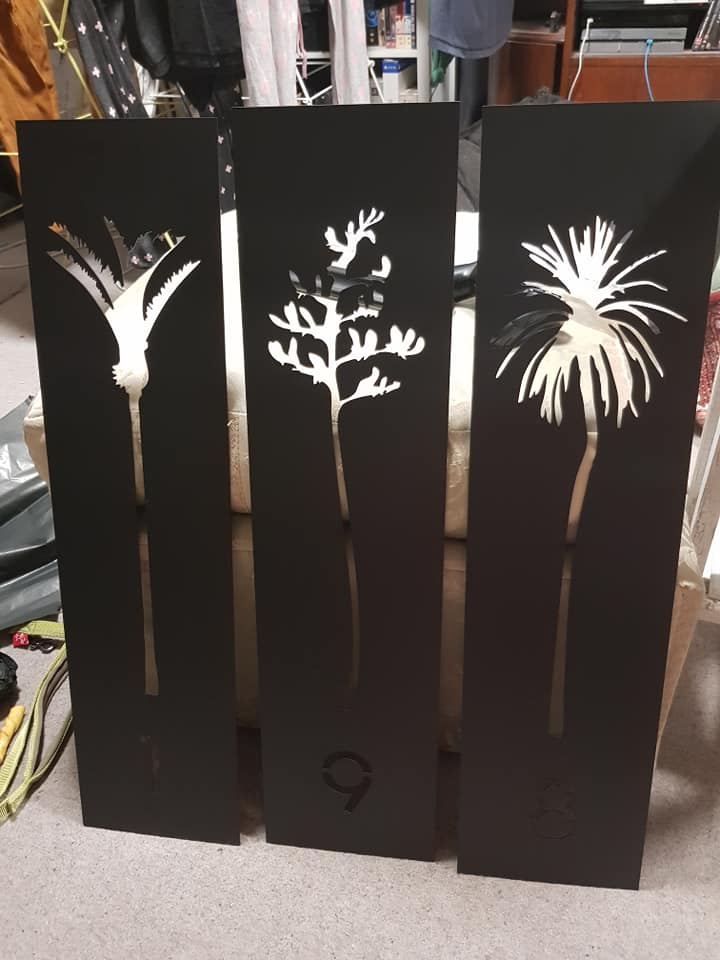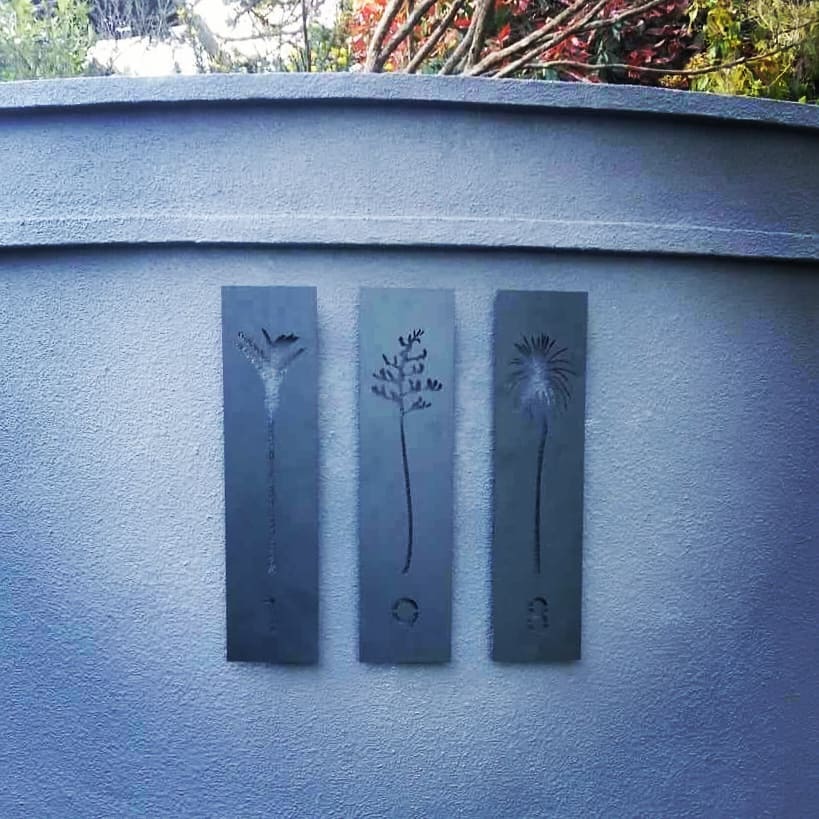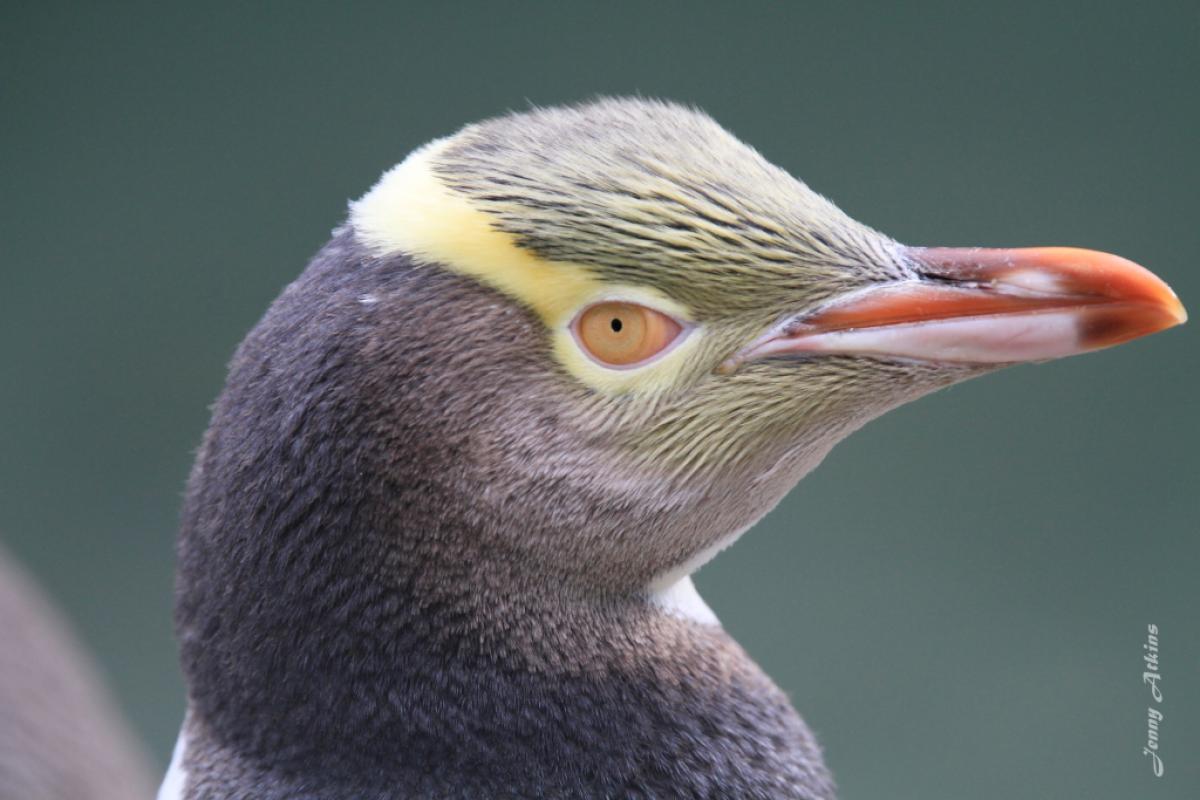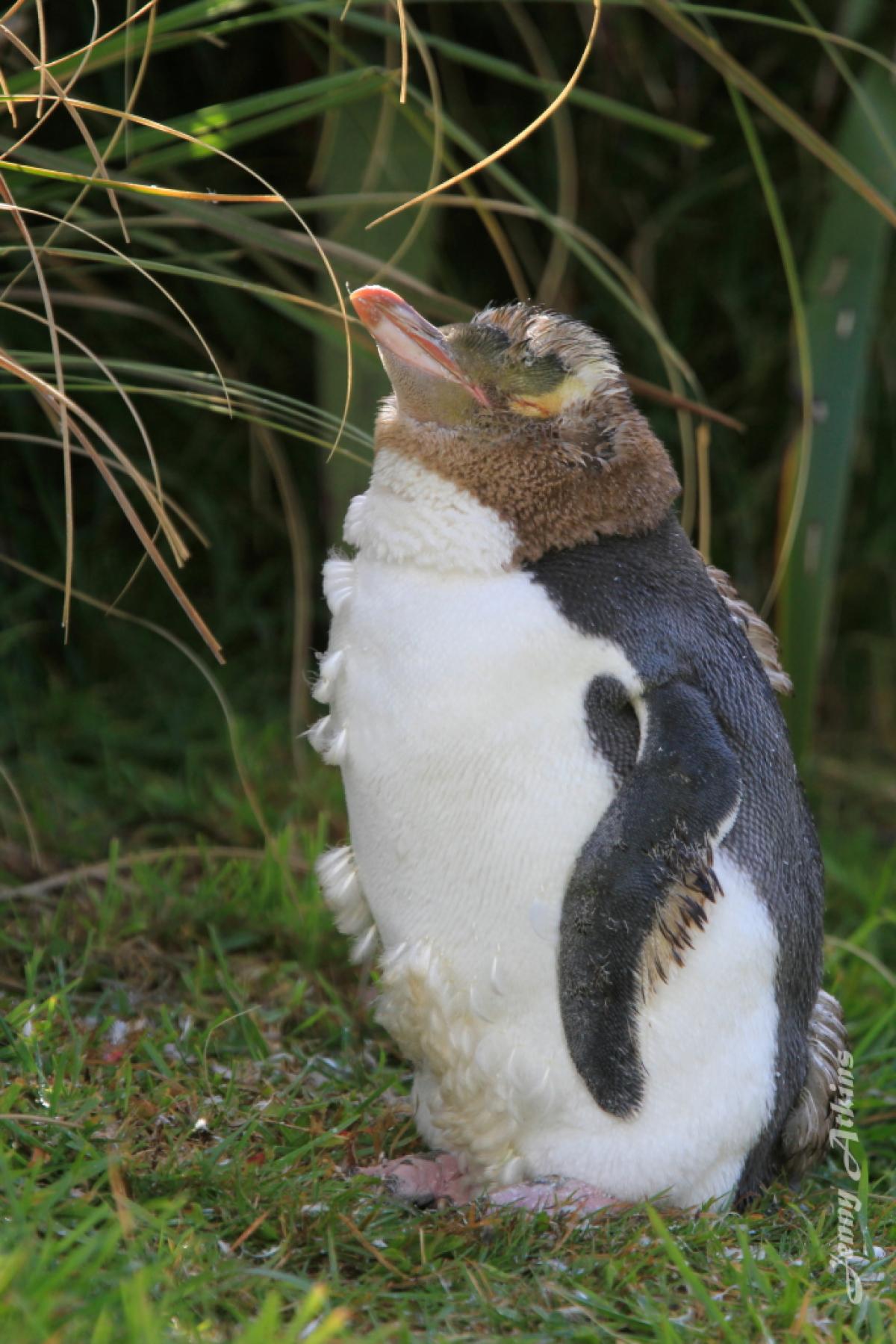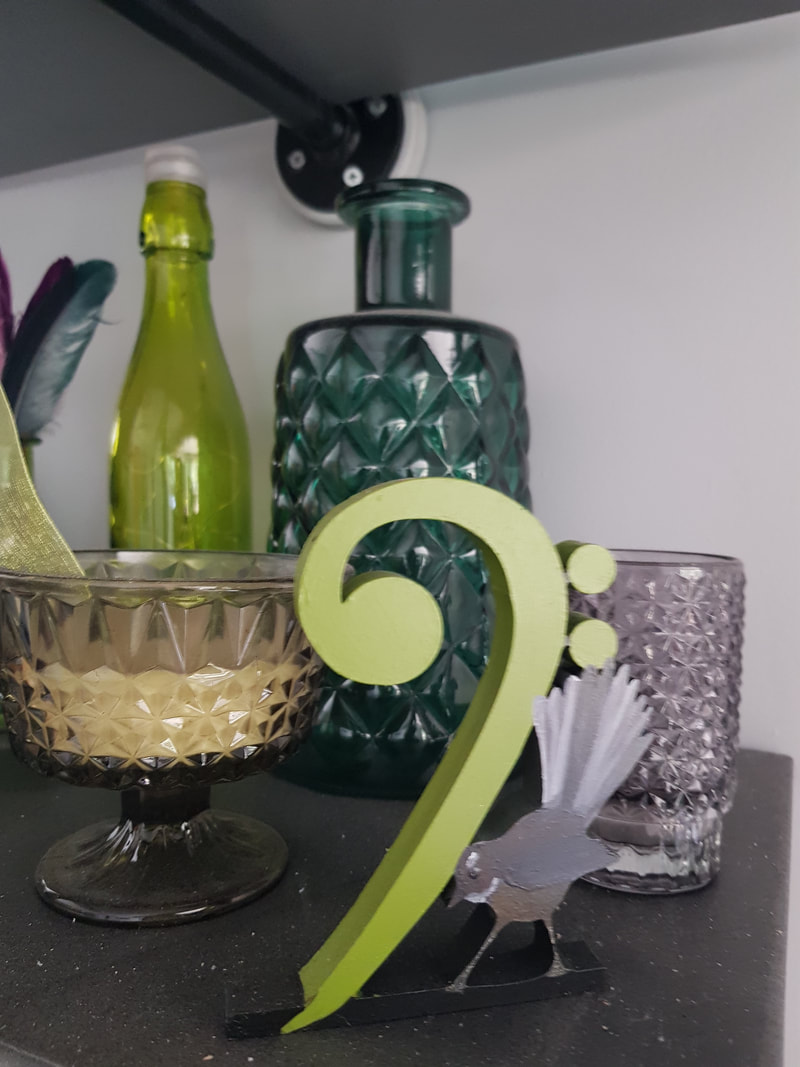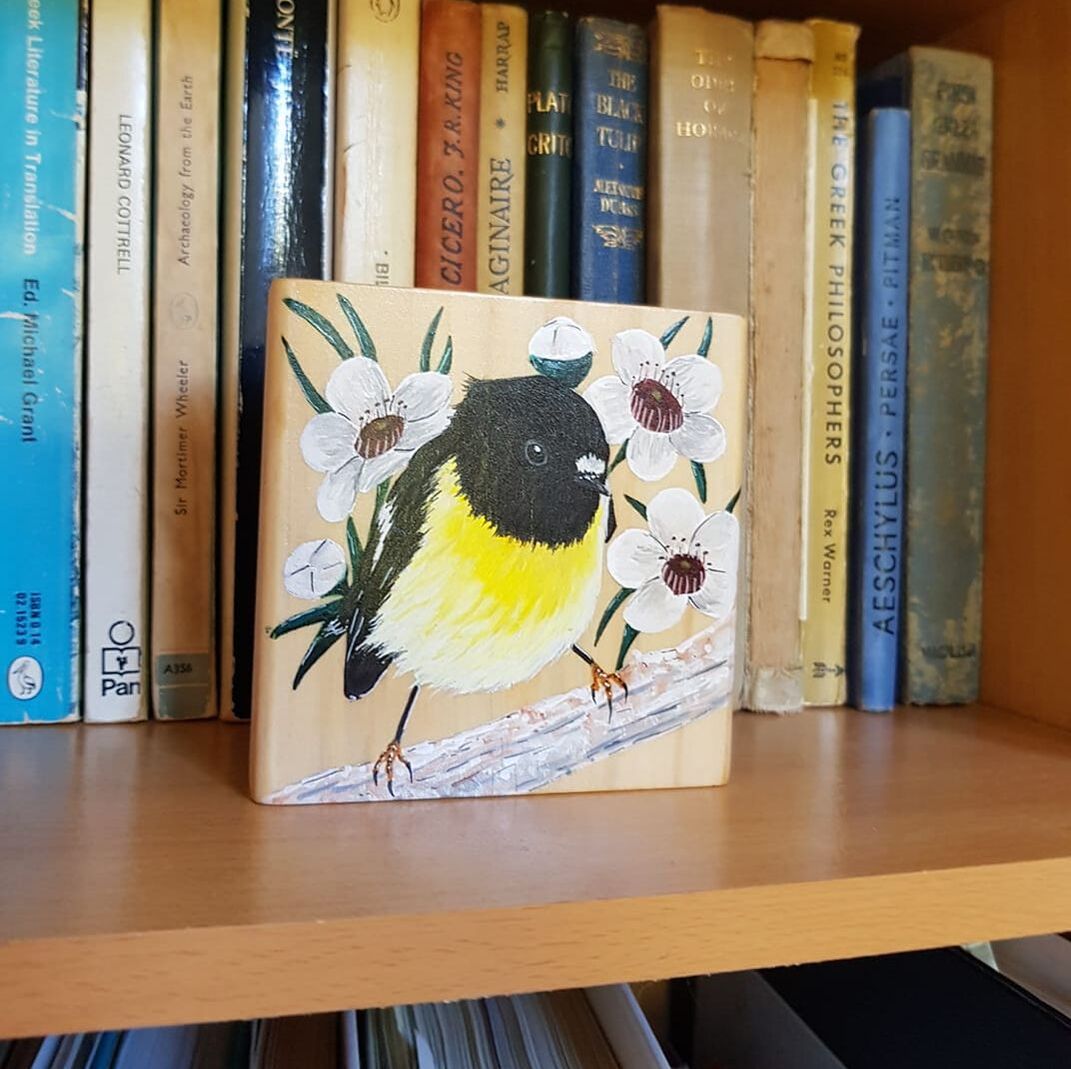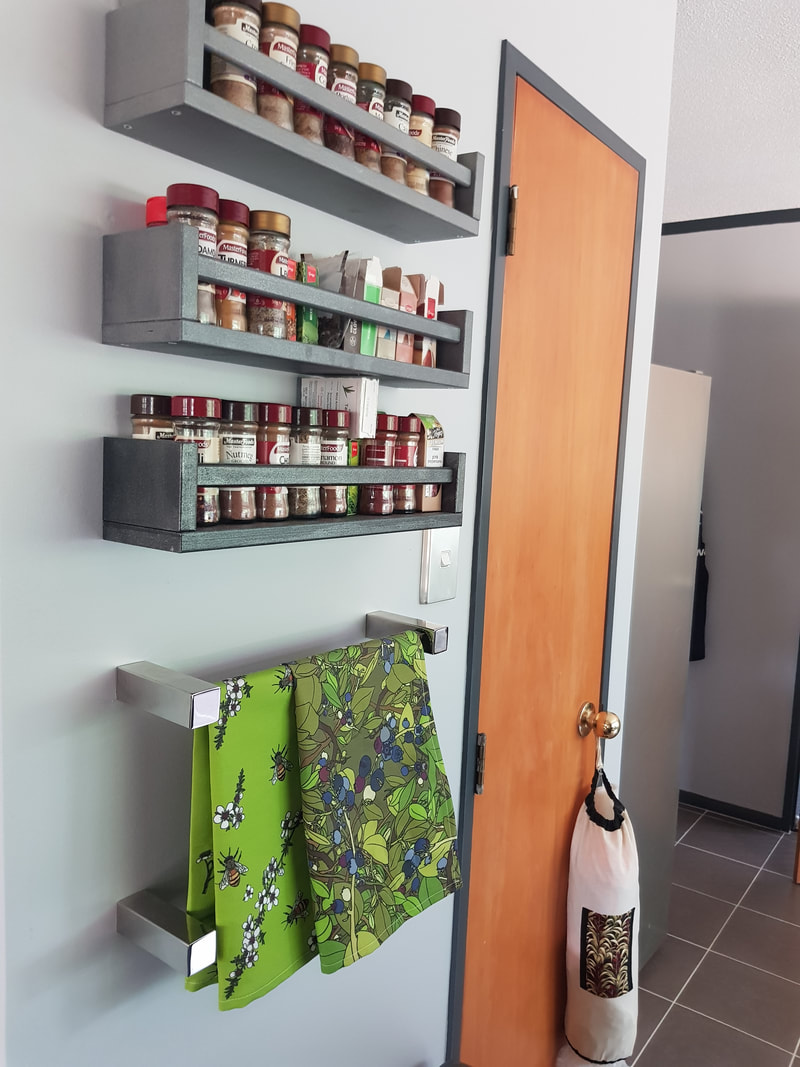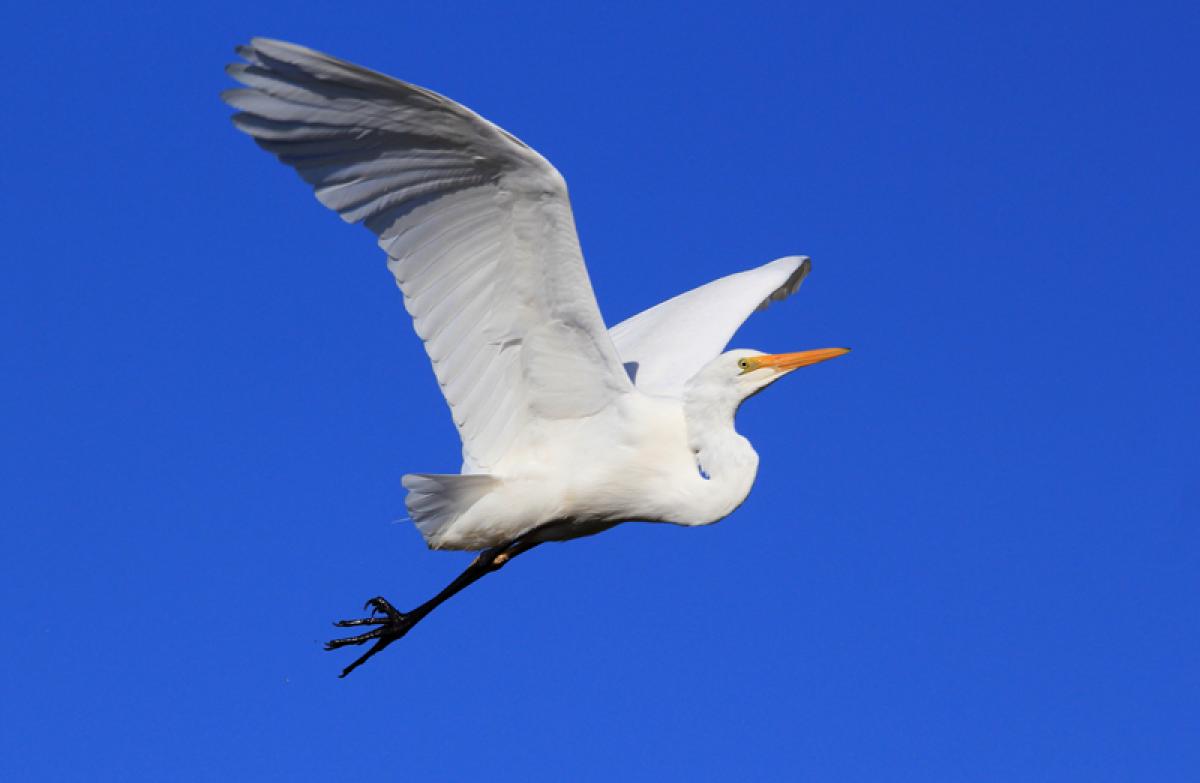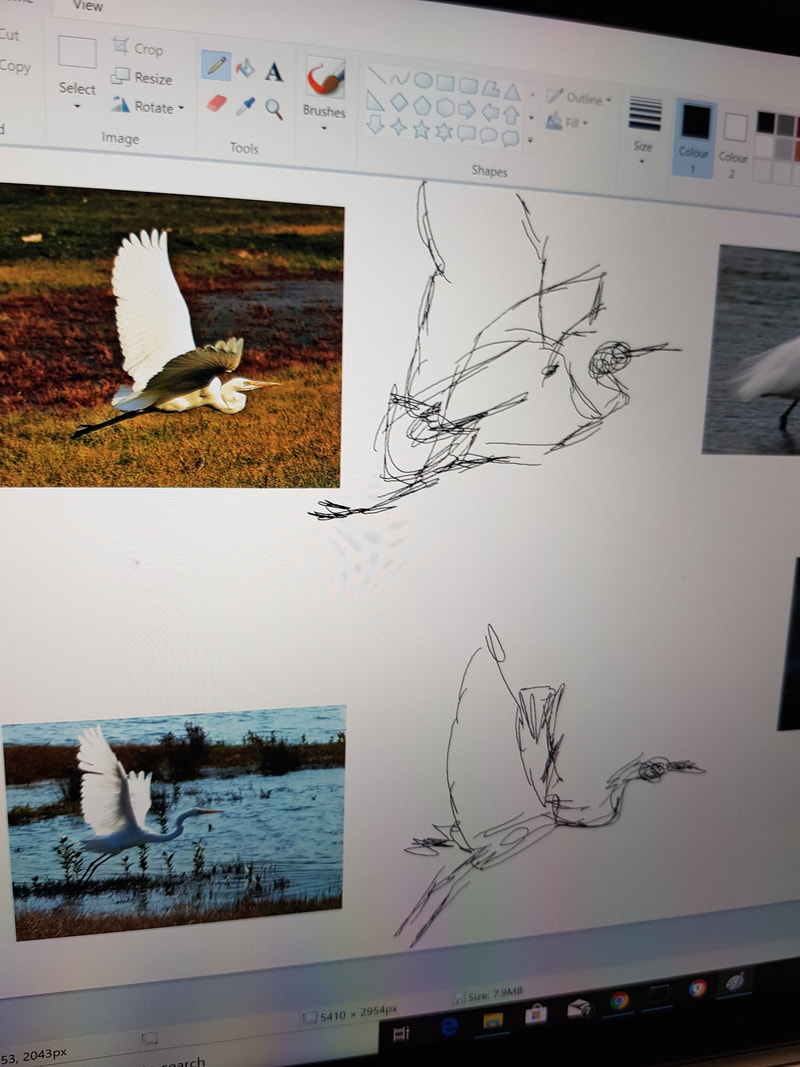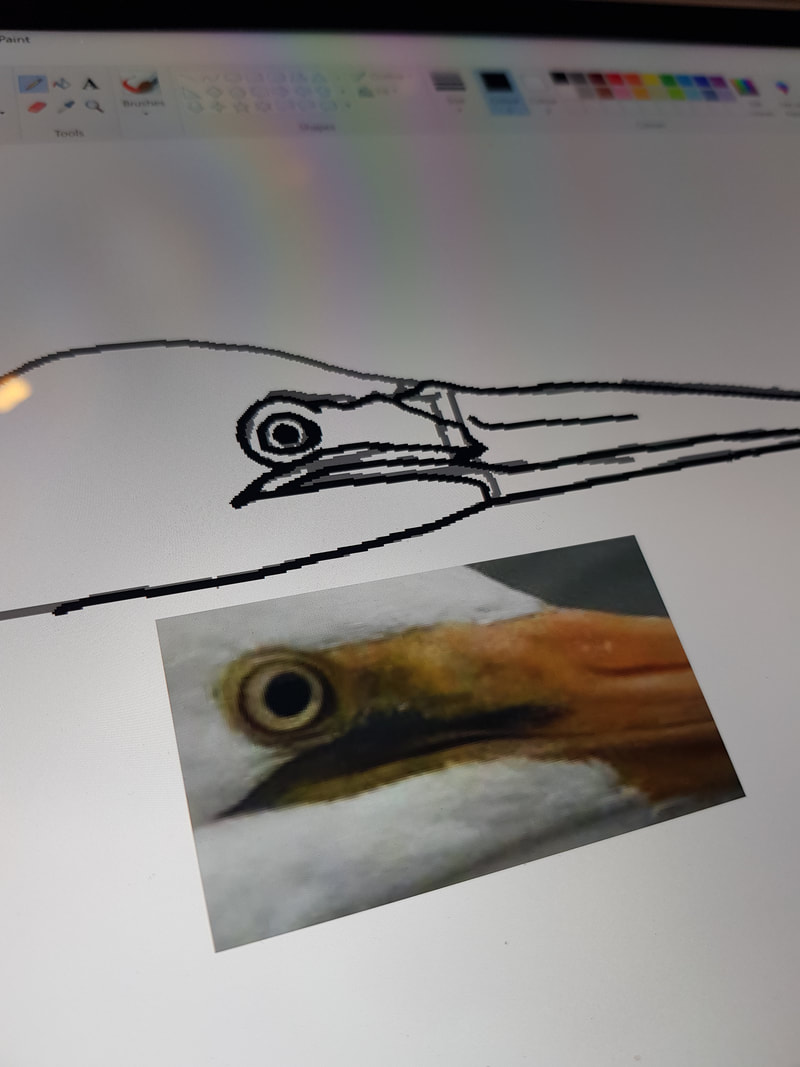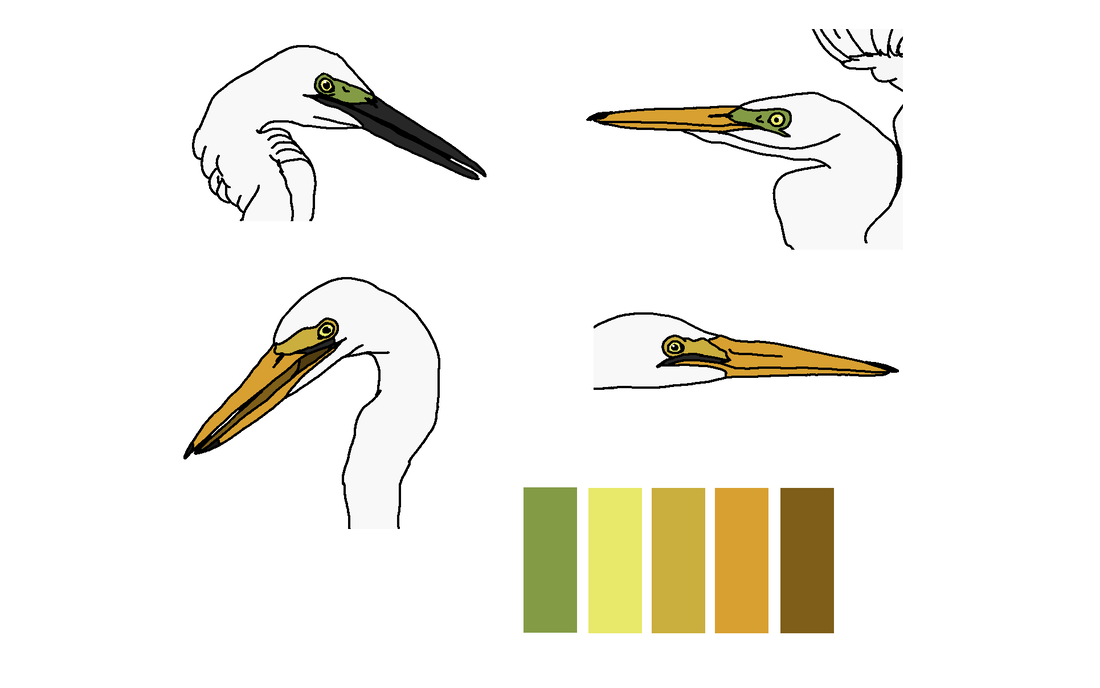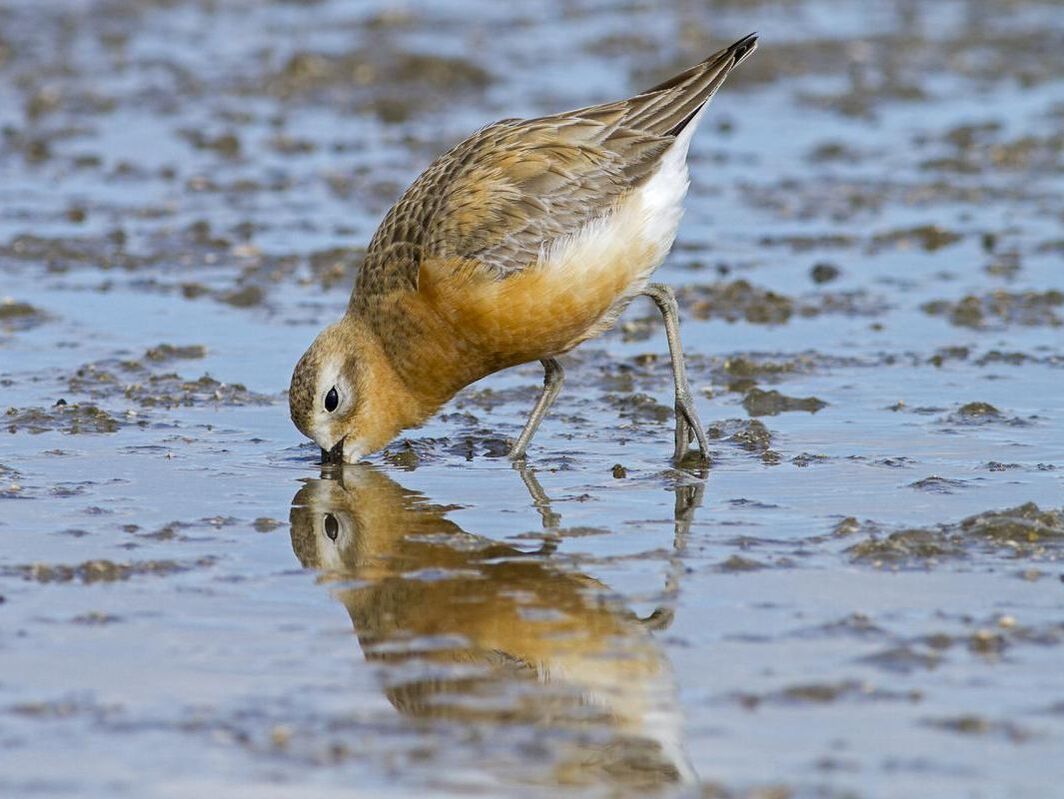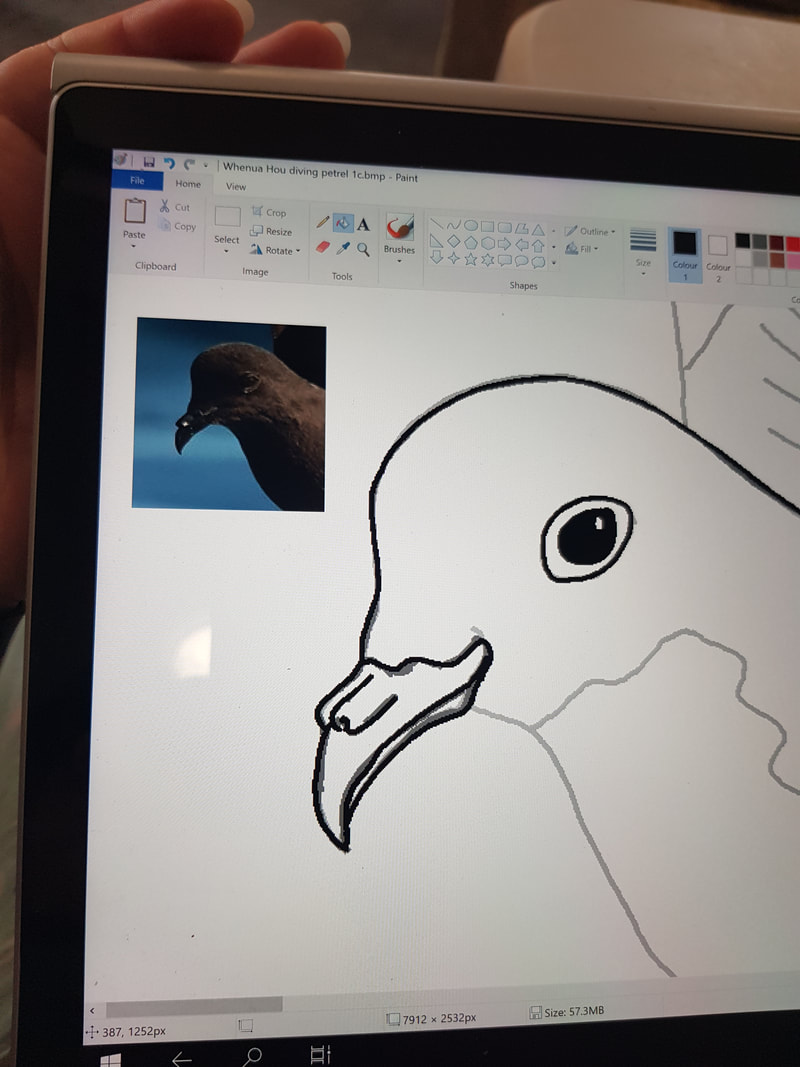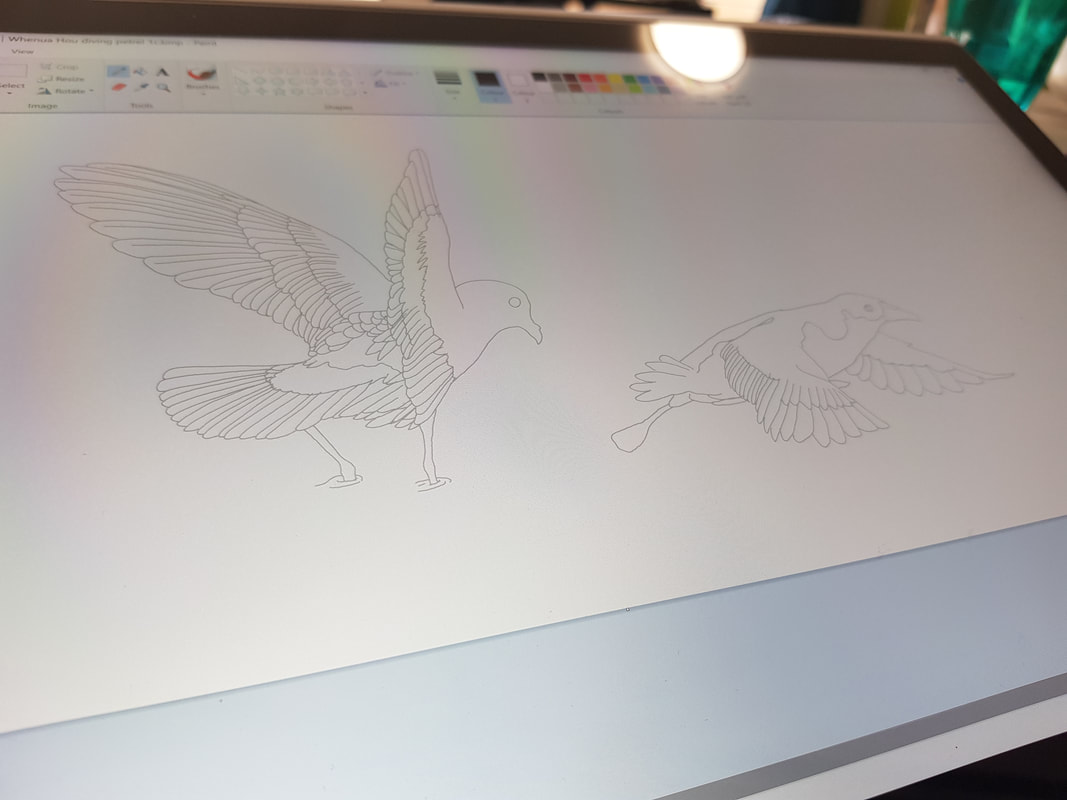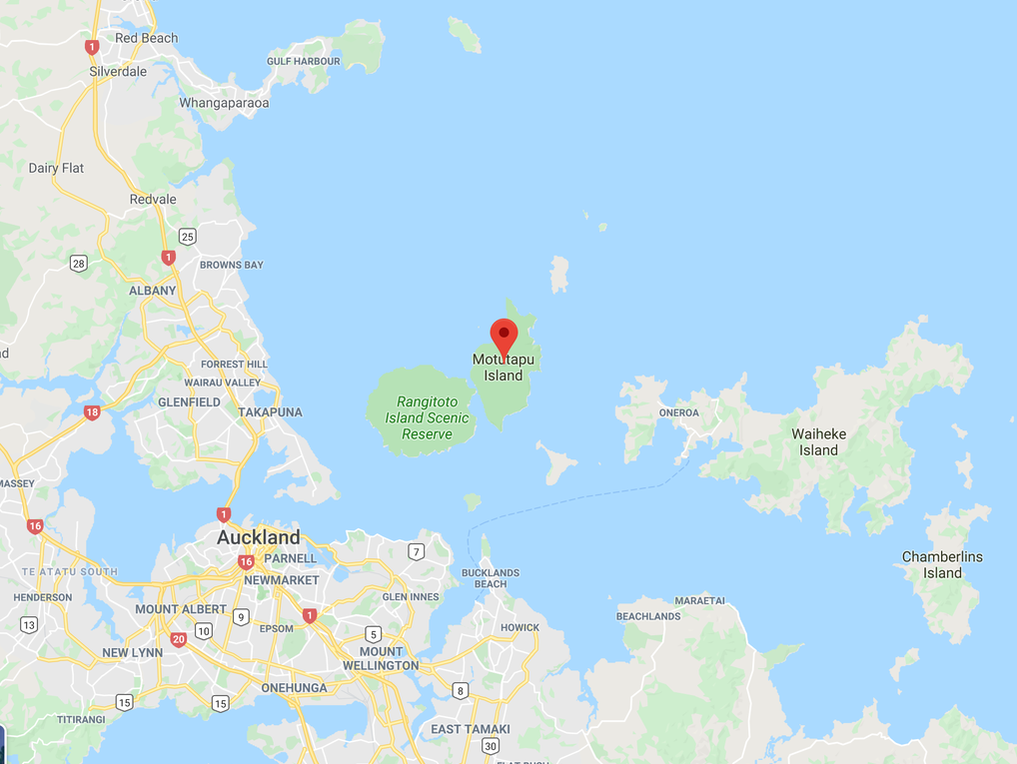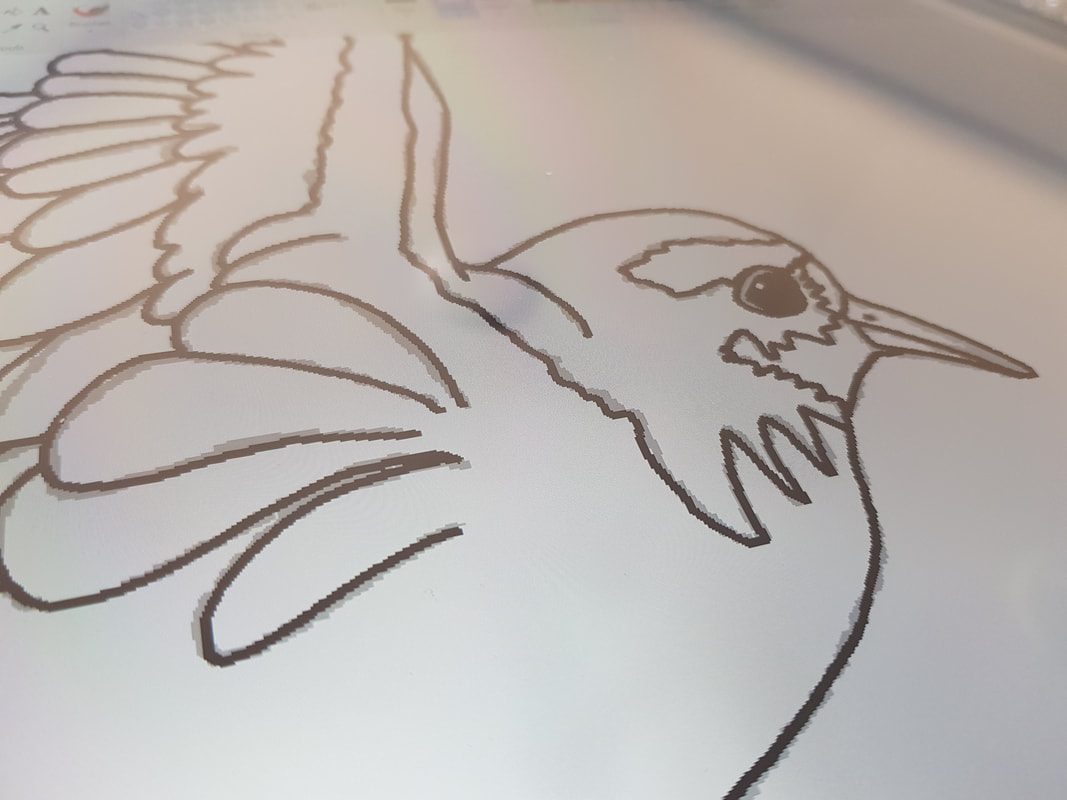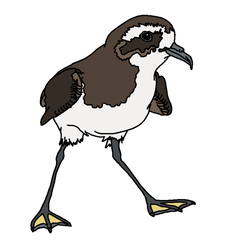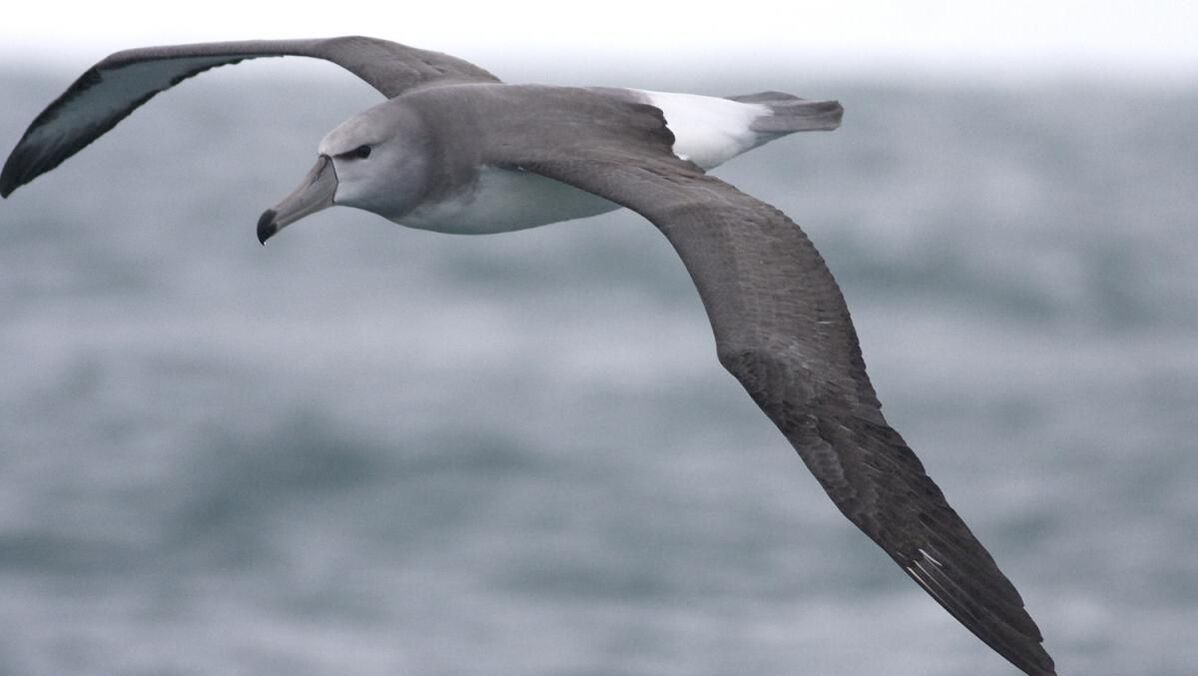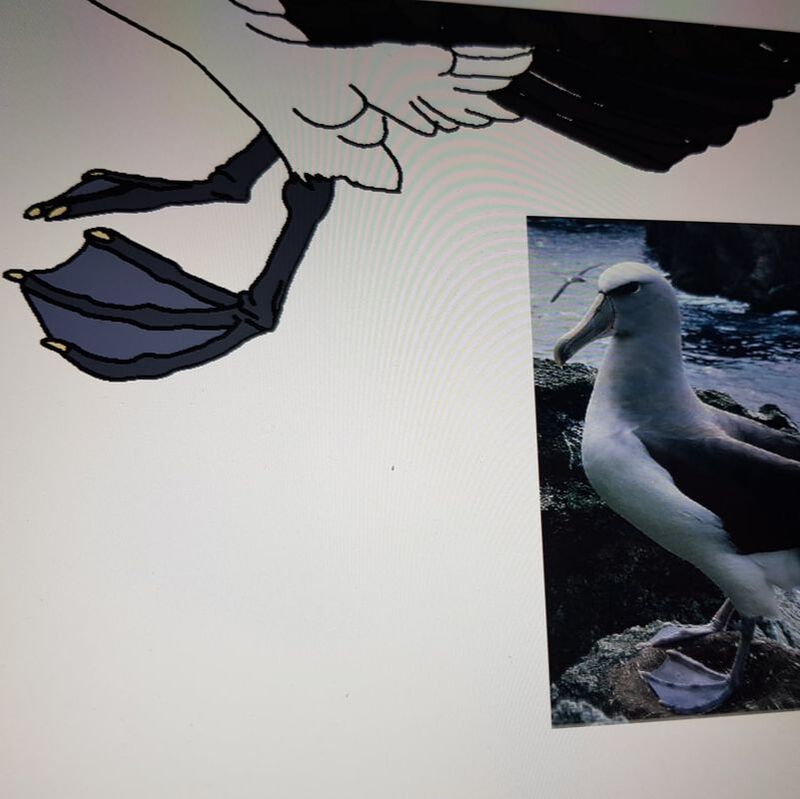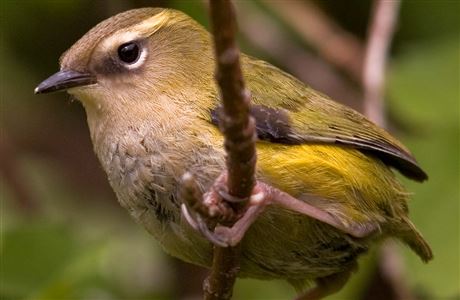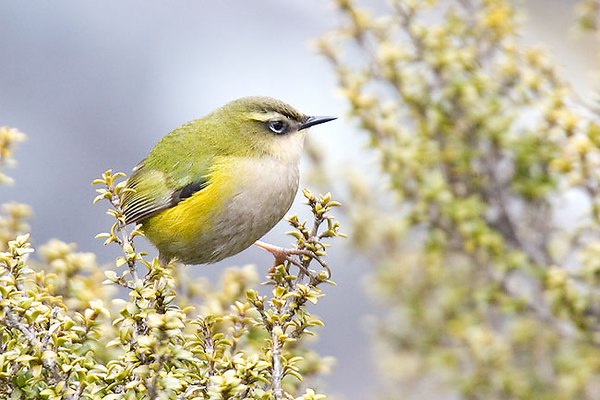A unique NZ species – Whenua Hou diving petrel
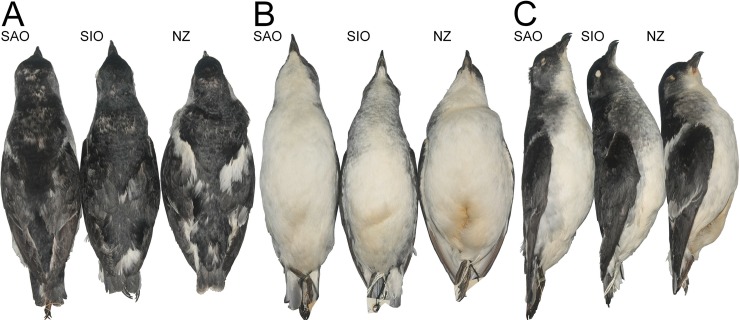
Study skins of Pelecanoides georgicus from different populations (Johannes H. Fischer).
A somewhat dense academic document explains the difference:
Differences in breeding habitat and results from a preliminary molecular analysis indicated that the New Zealand population of the South Georgian Diving Petrel (Pelecanoides georgicus) was a distinct, yet undescribed, species.
[…]
Results show that individuals from New Zealand differ significantly from P. georgicus from all other populations as following: 1) longer wings, 2) longer outer tail feathers, 3) deeper bills, 4) longer heads, 5) longer tarsi, 6) limited collar extent, 7) greater extent of contrasting scapulars, 8) larger contrasting markings on the secondaries, 9) paler ear coverts, 10) paler collars, and 11) paler flanks.
Source:
PLoS One

South Georgian diving petrel. Adult in the hand. Codfish Island, September 1978. Image © Department of Conservation (image ref: 10036097) by David Garrick Courtesy of Department of Conservation
|

By TheyLookLikeUs – Own work, CC BY-SA 4.0, https://commons.wikimedia.org/w/index.php?curid=61356272
|
By referring to that article, I can clearly see that these two photos show the correct bird, simply by looking at the white markings on the wings. Most of the other differences require other birds for comparison. The markings are going to be pretty important in the colouring phase of this drawing.

South Georgian diving petrel. Adult by burrow entrance showing pale markings. Whenua Hou / Codfish Island, November 2002. Image © Graeme Taylor by Graeme Taylor
|

South Georgian diving petrel. Close view of adult pale underwing. Whenua Hou / Codfish Island, November 2004. Image © Graeme Taylor by Graeme Taylor
|
Habitat – Whenua Hou
Codfish Island or Whenua Hou is a small island (14 km2 or 5.4 sq mi) located to the west of Stewart Island/Rakiura in southern New Zealand. It reaches a height of 250 m (820 ft) close to the south coast.
The English name “Codfish Island” refers to the endemic blue cod or rawaru / pakirikiri, which is fished commercially in surrounding waters by trapping in baited pots. The Māori-language name “Whenua Hou” means “new land”. Codfish Island is home to Sirocco, an internationally famous kakapo, a rare species of parrot.

© 2013, Stephen Belcher Photography Ltd
|

Whenua Hou off the west coast of Stewart Island, Google maps
|
The sole remaining breeding ground in New Zealand is on Codfish Island, near Stewart Island. The birds formerly nested on Enderby and Dundas Islands at the Auckland Islands. Subfossil bones indicate they previously nested on Stewart Island and possibly on Chatham and Macquarie Islands. […]
On Codfish Island the birds nest in sand dunes behind Sealers Bay. Some nests are at the base of dunes at the back of the beach whereas others are amongst native or introduced coastal dune vegetation on the dune slopes.
All nests are within 100 m of the sea. Nest sites are in very unstable sand and it is nearly impossible to access the nests without destroying these sites.

Sealers Bay, satellite photo from Google Maps showing dunes
|

South Georgian diving petrel. Burrow in sand dune. Whenua Hou / Codfish Island, November 2004. Image © Graeme Taylor by Graeme Taylor
|
Drawing the Whenua Hou diving petrel
My first observations are that this bird looks a great deal like a couple of the other petrels that I have drawn recently, particularly the
tāiko (the bird, not the drum), although it’s a much larger bird than this one. I can also see a much shorter tail, and different-coloured feet.
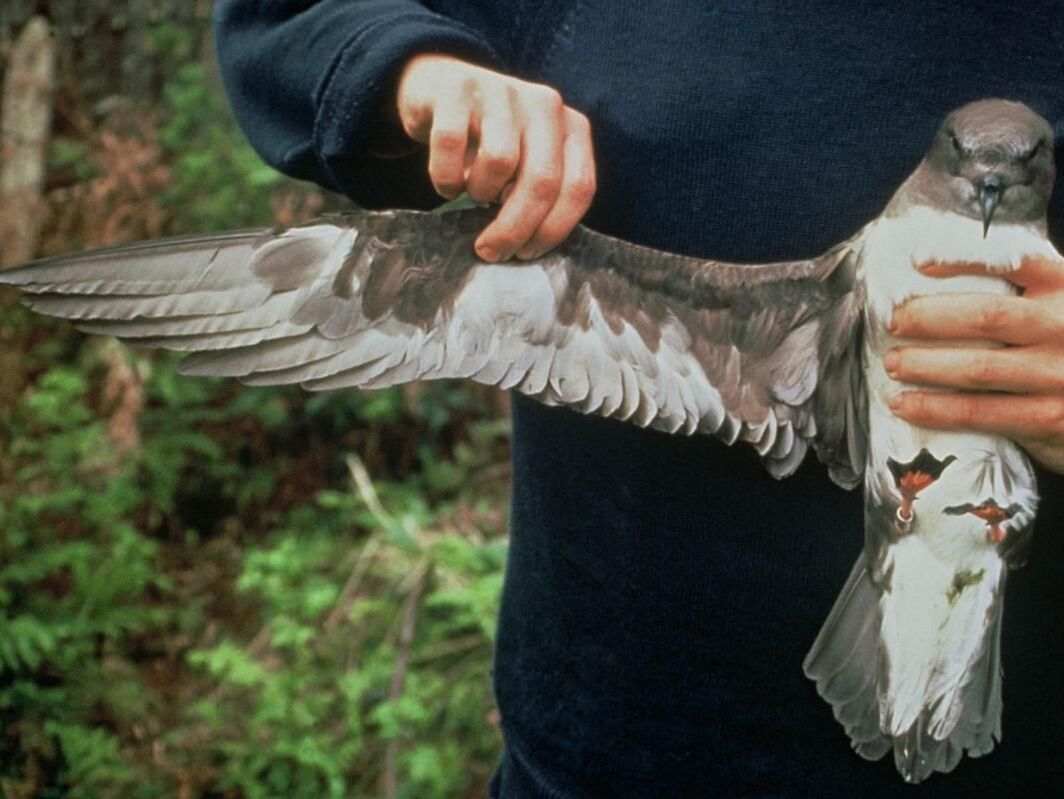
Chatham Island taiko. Hand-held adult showing underwing during day. Tuku Valley, Chatham Island. Image © Department of Conservation (image ref: 10023982) by Graeme Taylor, Department of Conservation Courtesy of Department of Conservation
|

South Georgian diving petrel. Adult in hand showing pale underwing. Whenua Hou / Codfish Island, November 2002. Image © Graeme Taylor by Graeme Taylor
|
Drawing time!
The weather here is really odd – it’s very hard to concentrate and settle down to focus correctly on drawing.
I’m going to give it my best shot.
In these pictures, I am referring to the clearest pictures I can find of beak contours and head/neck colouring.
My initial quick outlines need considerable rework – I want to be sure that I am representing a recognisable, if stylised, Whenua Hou diving petrel.
Because there are so few pictures of the actual birds just being birds, I have used reference photos of other South Georgian petrels for my outline sketches, and then I add in the colouration that identifies the correct type of bird. That’s why you can see different stippling patterns on the belly in the draft, which then disappear in the final.
I use bright green to help me identify the white areas that are left to colour, as these become transparent when I create a repeat – so if the background colour is purple, for example, all of these areas will also be purple.
And here they are, fully coloured! As with all my designs, once they are completed, the colours may change to ensure a more consistent overall effect, which is why I make sure that I capture all of the variants in each picture.


















